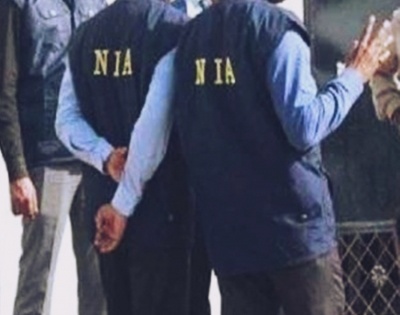Coimbatore car blast: NIA files charge sheet against 6 accused
By IANS | Published: April 20, 2023 10:48 PM2023-04-20T22:48:03+5:302023-04-20T23:05:07+5:30
New Delhi, April 20 The National Investigation Agency (NIA) on Thursday filed a charge sheet against six persons ...

Coimbatore car blast: NIA files charge sheet against 6 accused
New Delhi, April 20 The National Investigation Agency (NIA) on Thursday filed a charge sheet against six persons in the Coimbatore car bomb blast case that took place near a temple in October 2022.
The charge sheet has been filed against six accused Mohammed Asarutheen, Mohammed Thalha, Firos, Mohammed Riyas, Navas and Afsar Khan under the relevant sections of Indian Penal Code, Explosive Substances Act, and Unlawful Activities (Prevention) Act.
The car driven by Jamesha Mubeen had blown up in front of the temple in October last year, killing Mubeen in the impact.
Investigation had revealed that Mubeen was inspired by ISIS ideology to carry out the attack.
The case was initially registered in November last year at Ukkadam police station before the probe was handed over to the NIA.
A pen drive recovered from Mohammed Asarutheen contained video recordings of Mubeen, in which he had identified himself as a member of Daulat-e-Islamia (or Islamic State). He had spoken extensively on his intention to commit a suicide attack against the 'kafirs' (non-believers) and to become a martyr.
Mubeen was inspired by the sermons of Zahran Hashim, a radical Islamic cleric based out of Sri Lanka, who masterminded the Easter bomb attacks in Colombo 2019 that killed around 260 people. Mubeen wanted to orchestrate a similar kind of attack in India.
Handwritten notes were recovered from Mubeen's residence wherein criticism of the existing democratic system, which are not in tandem with Islamic laws, was mentioned. There was also a mention of the probable targets, which included government offices, courts, public gathering places like parks, railway stations, and a few local temples.
Disclaimer: This post has been auto-published from an agency feed without any modifications to the text and has not been reviewed by an editor
Open in app